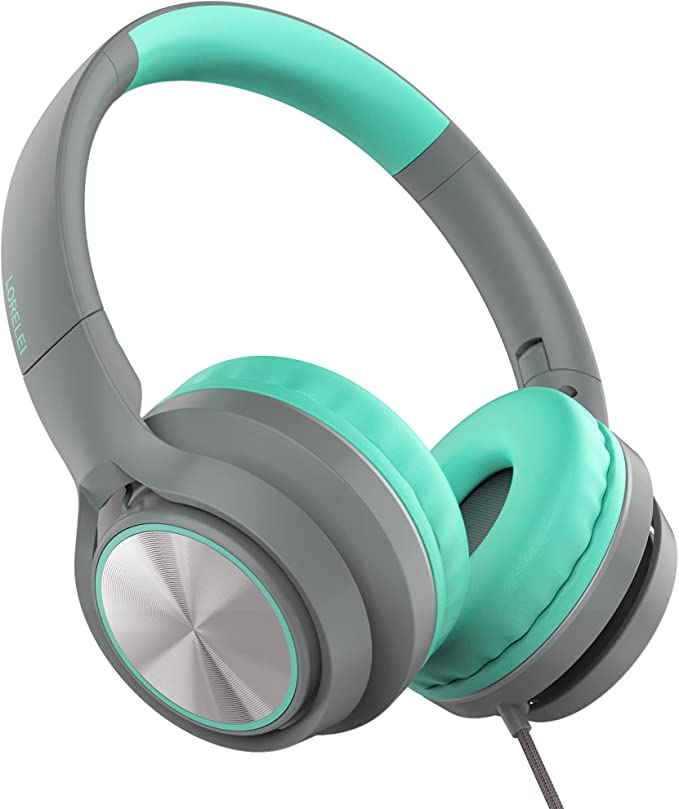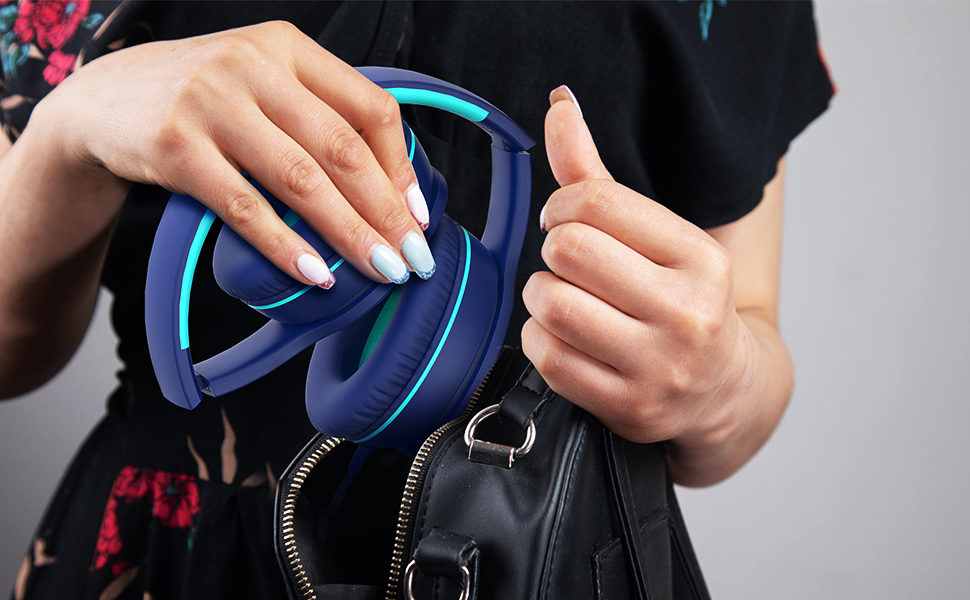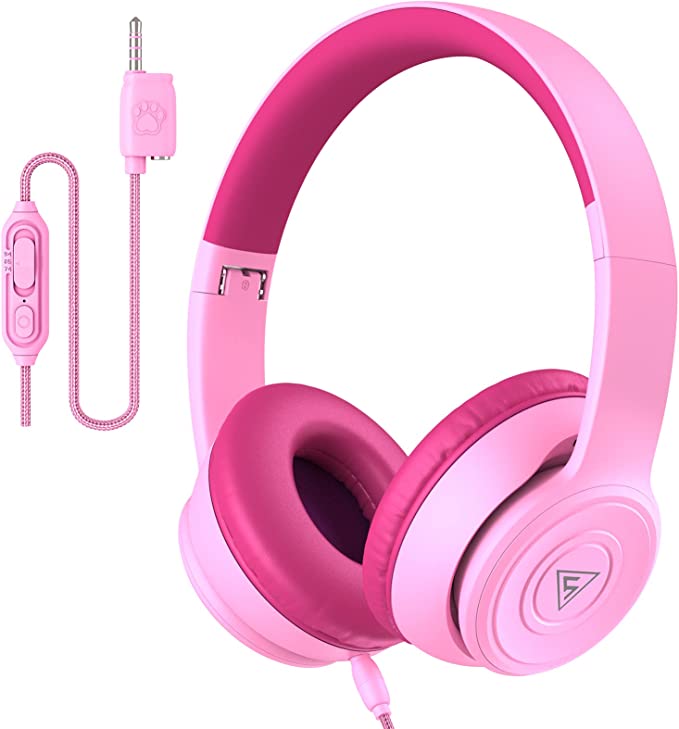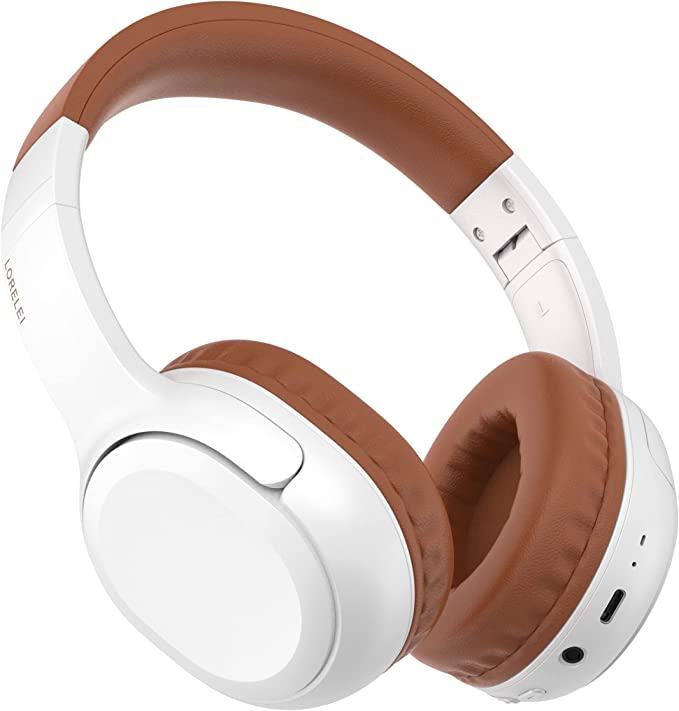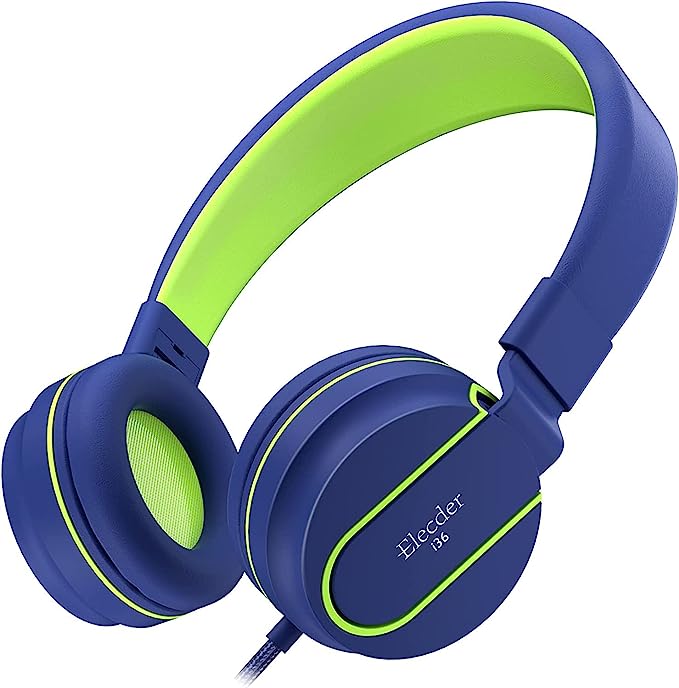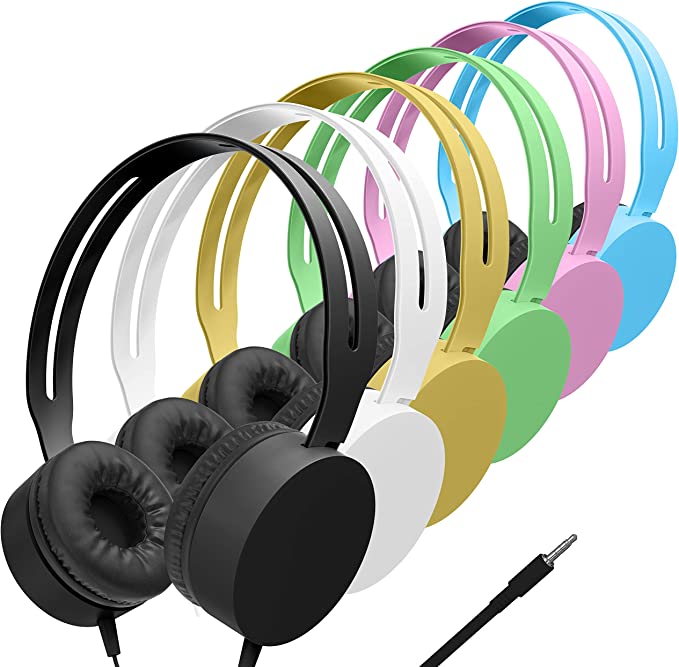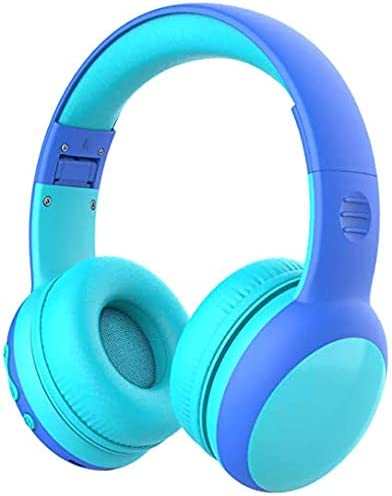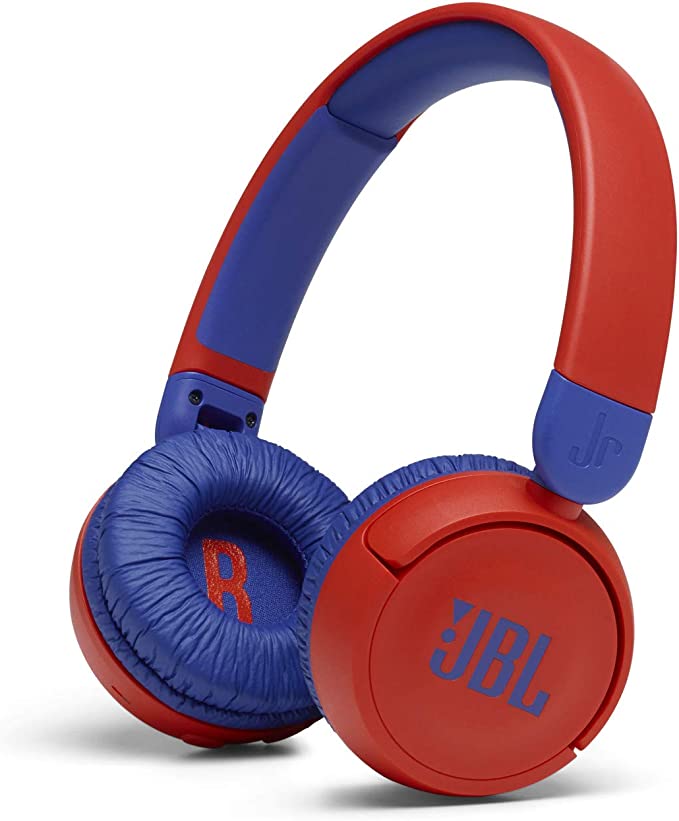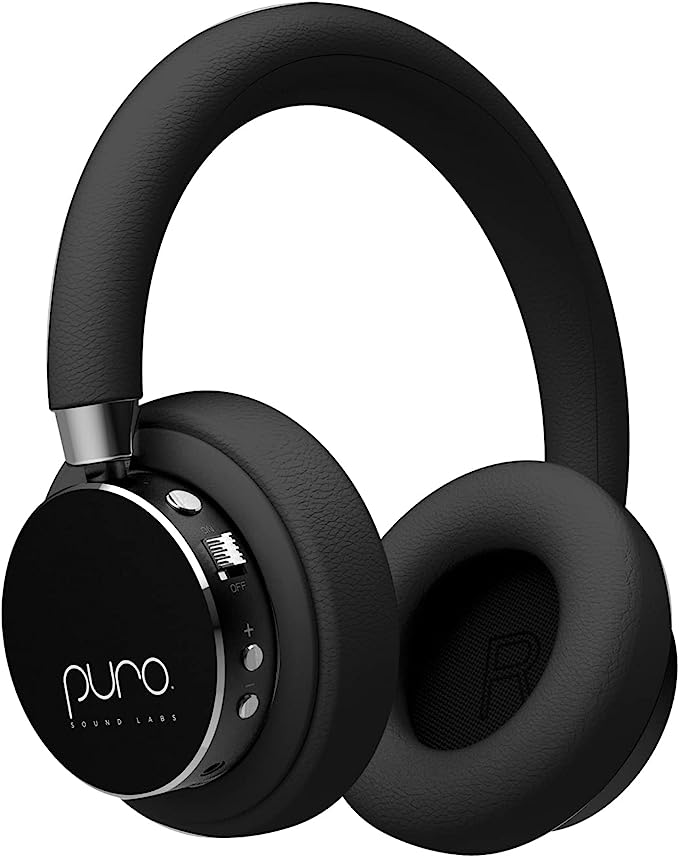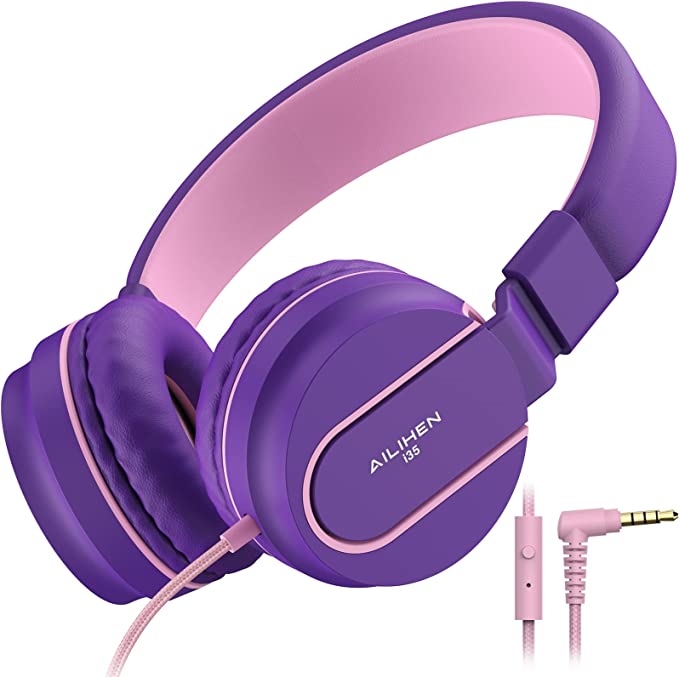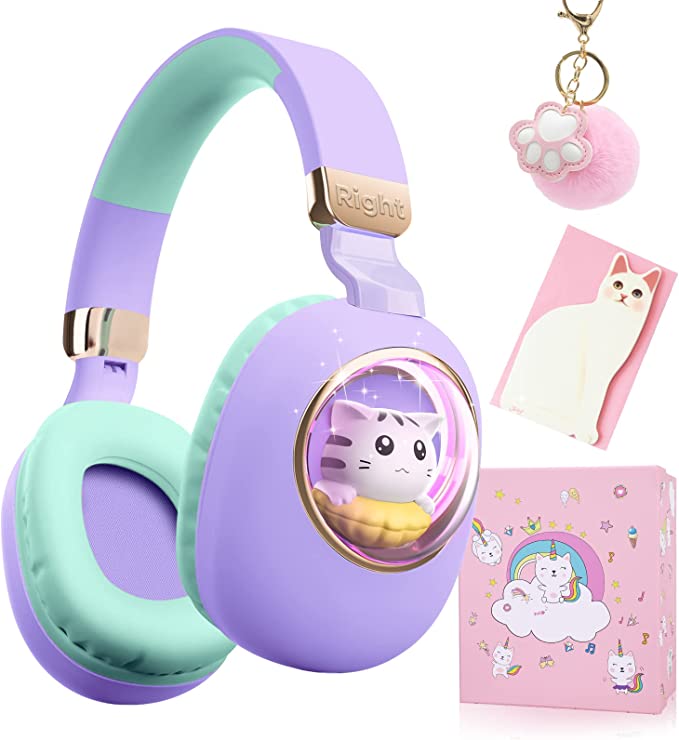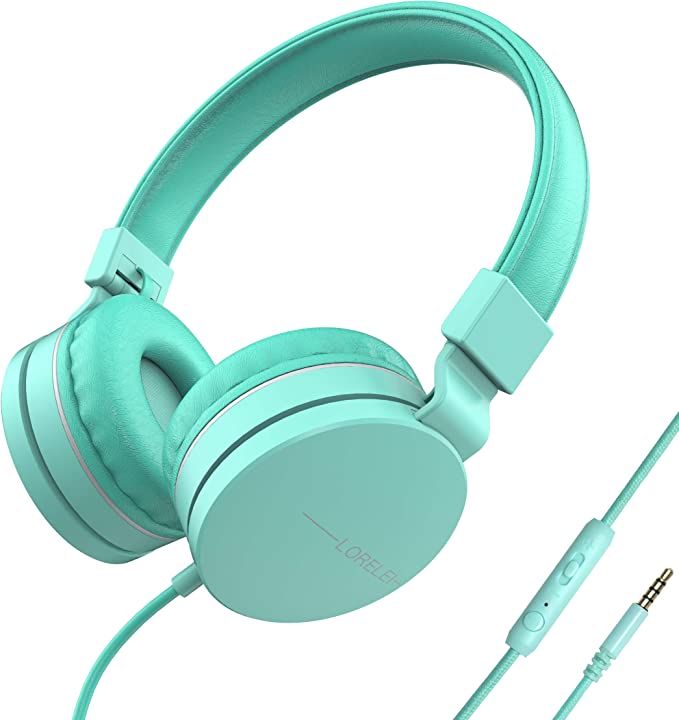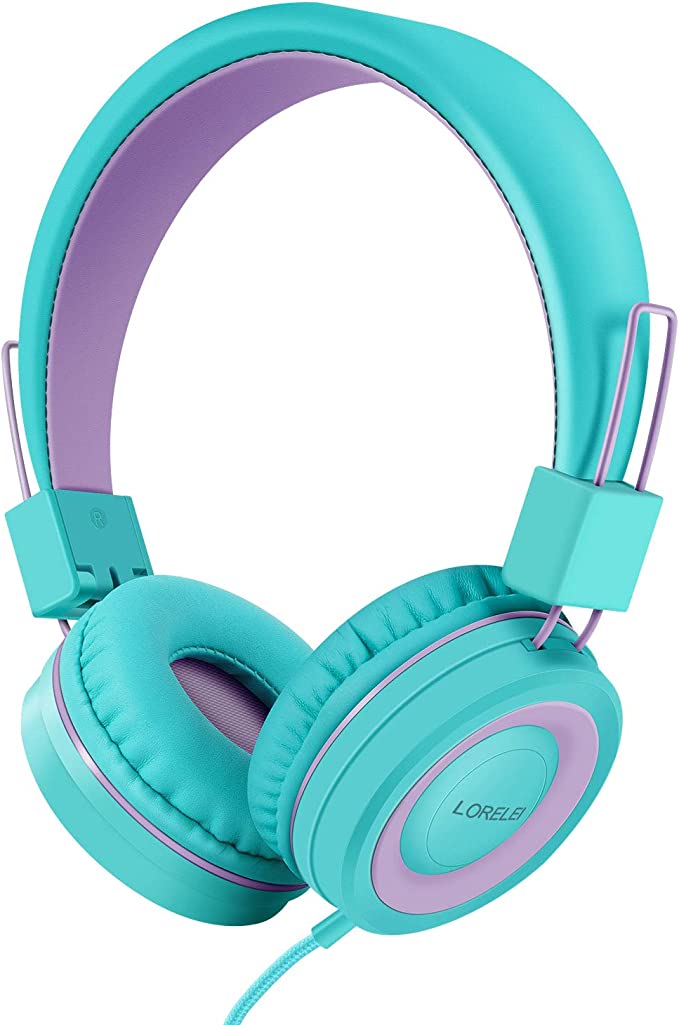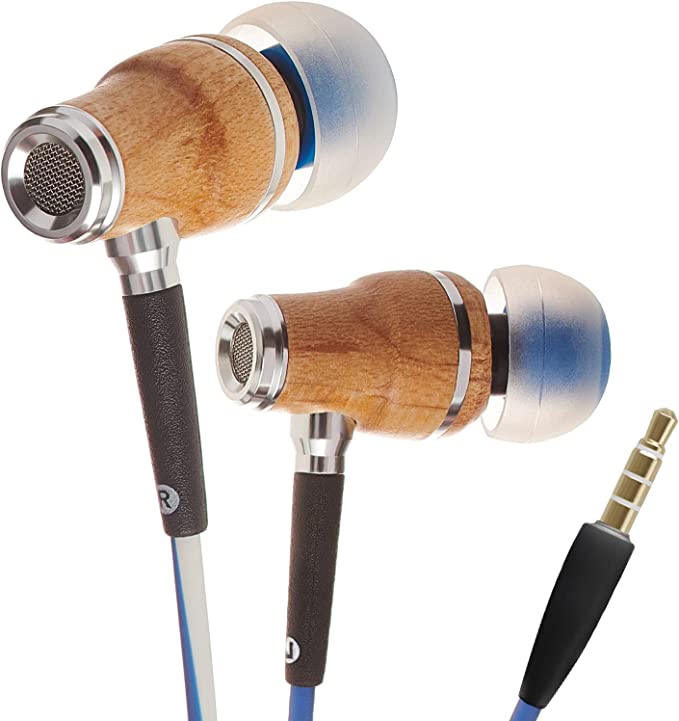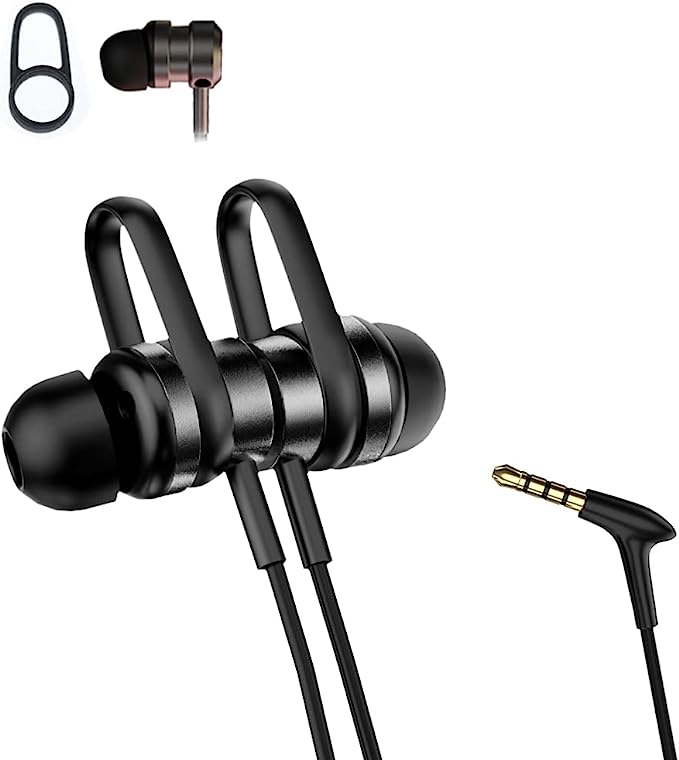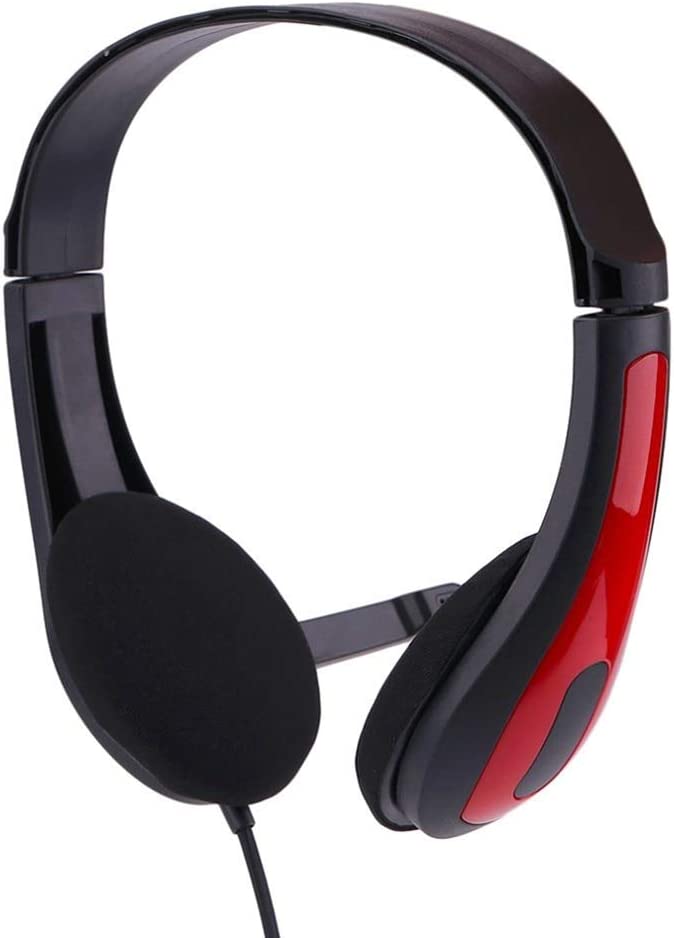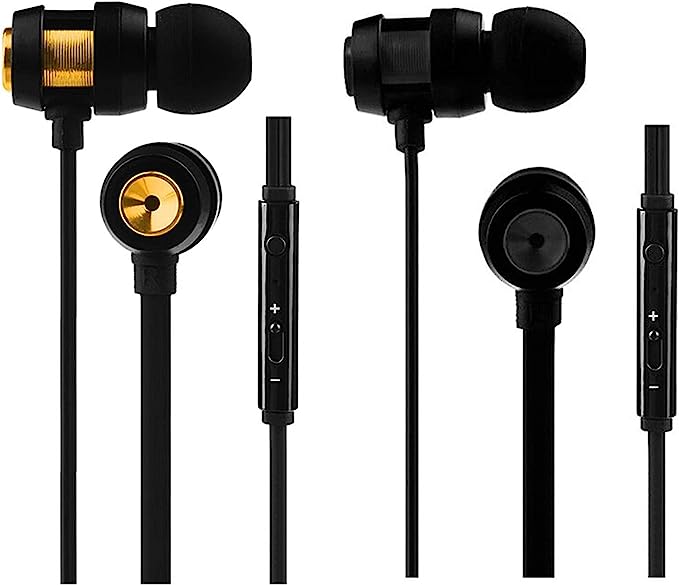LORELEI S9 Wired Headphones: Exploring the Science of Sound and Comfort for Young Learners
Update on May 15, 2025, 4:01 a.m.
The world of a child is a vibrant tapestry woven with sounds. From the gentle murmur of a bedtime story to the enthusiastic chime of a learning app, or the collaborative chatter in an online classroom, audio plays a pivotal role in how children learn, play, and connect. As our little ones navigate this increasingly digital landscape, their interaction with personal audio devices – particularly headphones – has become more prevalent than ever. This shift prompts a crucial question for parents and educators alike: are all headphones created equal when it comes to our children? The answer, much like the nuances of sound itself, is more complex than simply finding a smaller size.
Children are not miniature adults. Their physiology, their learning styles, and even the way they interact with technology demand specific considerations. This exploration isn’t a review of a single product, but rather an invitation to delve into the fascinating intersection of science, design, and child development, using the LORELEI S9 Wired Headphones as a tangible case study. Our journey will unpack the “why” and “how” behind features often listed on a box, translating them into meaningful benefits – or potential considerations – for young, developing users.

An Old Friend with New Importance: The Enduring Wisdom of the 3.5mm Wired Connection
In an era dominated by wireless everything, the humble 3.5mm audio jack, a steadfast feature of the LORELEI S9, might seem like a relic of a bygone era. Yet, this unassuming connector, often called a mini-jack or headphone jack, boasts a rich history and a surprisingly relevant future, especially in the context of children’s audio. Its story begins not with personal stereos, but in the early 20th century with telephone switchboards, where its larger 1/4-inch (6.35mm) ancester, the TRS (Tip-Ring-Sleeve) connector, revolutionized how operators managed calls. Scaled down for portability, the 3.5mm version became ubiquitous with the rise of transistor radios and the Sony Walkman, cementing its place in audio history.
But why does this “old friend” persist, particularly in devices designed for children? The beauty lies in its analog simplicity and unwavering reliability. Unlike Bluetooth headphones that require pairing (which can be a frustrating hurdle for young children or busy parents) and constant battery vigilance, a wired connection like the LORELEI S9’s is pure plug-and-play. There are no dropouts due to low battery mid-way through an important online lesson, no confusing pairing sequences, and no concerns about radio frequency exposure right next to a child’s head, however minimal those might be with modern Bluetooth.
Scientifically, an analog audio signal transmitted through a wire offers a direct, uncompressed pathway for sound. This means the audio heard is often a more faithful representation of the original recording, free from the potential latency (delay) or compression artifacts that can sometimes accompany wireless transmission. For educational content, where clear enunciation and synchronized audio-visuals are paramount, this consistency is invaluable. Furthermore, the LORELEI S9’s 3.5mm jack ensures it acts as a universal language for devices. It speaks fluently with a vast ecosystem of gadgets crucial for modern learning – from school-issued Chromebooks and personal tablets to iPads, laptops, PCs, and even gaming consoles like the Nintendo Switch or a parent’s Kindle, ensuring a hassle-free connection across a child’s digital world.

Crafting a Personal Sound Bubble: The Science of On-Ear Design and Focus
When choosing headphones, especially for children, the way the device interacts physically with the ear is a critical consideration. Headphones generally fall into three main categories: over-ear (circumaural, enclosing the entire ear), in-ear (earbuds or IEMs, fitting into the ear canal), and on-ear (supra-aural), like the LORELEI S9, which rest directly on the outer ear. For many younger users, on-ear headphones strike a balance – they are less intrusive than in-ear models, which some children find uncomfortable or difficult to fit, and often less bulky than many over-ear designs.
The LORELEI S9 employs this on-ear approach, aiming to create a “personal sound bubble.” The science behind this is akin to gently cupping your hands over your ears; it naturally reduces some of the surrounding noise. This phenomenon is known as passive noise isolation. The earcups, when well-fitted, create a physical barrier that dampens ambient sounds. This isn’t the same as active noise cancellation (ANC), which uses sophisticated electronics to actively counteract external noise waves. For children, passive isolation is often preferable. It helps to reduce distractions, allowing them to focus on their lessons or audio content, but it doesn’t create the sometimes disorienting total silence of ANC, which can also be a safety concern if a child needs to remain aware of important environmental cues (like a parent calling their name or a smoke alarm).
A key component in the effectiveness of this sound bubble and overall comfort is the material and design of the earcups. The LORELEI S9 features “soft protein ear cushions.” “Protein leather” is a type of polyurethane (PU) synthetic leather, engineered to mimic the softness, pliability, and even some of the breathability of genuine leather. Its advantages in headphones include being generally more durable than some traditional foam paddings, easier to clean (a significant plus for items used by children!), and capable of providing a comfortable seal against the ear. This gentle embrace is crucial for extended wear, minimizing pressure points that can lead to discomfort, a common complaint with ill-fitting headphones.

Built for Little Humans: The Ergonomic Dance of Comfort, Fit, and Durability
Designing for children is a unique ergonomic challenge. It’s not merely about scaling down adult products; it involves a deep understanding of their distinct physiological needs. Children’s heads are not just smaller, but their proportions differ, their neck muscles are still developing, and let’s be honest, their belongings often face a more rigorous “durability test” than those of adults.
The LORELEI S9’s stated lightweight construction of 7.1 ounces (201g) is a significant factor. Think of it in terms of physics: the force exerted on the head and neck is a product of mass and acceleration (or in this static case, gravity). A lighter headset translates directly to less strain, especially during longer periods of use, such as a full morning of online classes or an engaging educational game. This can prevent fatigue and discomfort, allowing the child to focus on the content, not on an aching neck.
Complementing its lightness is the adjustable headband. This feature is more than just a convenience; it’s an ergonomic necessity. An ill-fitting headband can cause headphones to slip, create uncomfortable pressure points, or compromise the earcups’ seal, thereby reducing sound quality and the effectiveness of passive noise isolation. For growing children, whose head sizes can change noticeably even within a single school year, an adjustable headband like that on the LORELEI S9 allows for a customized, secure fit. This ensures that the earcups are positioned correctly over the auditory canal and that the weight of the headphones is distributed evenly, maximizing both comfort and acoustic performance.
Children’s items also need to be ready for action. The product description mentions the LORELEI S9 is “small, foldable and revolving.” These design elements speak to the practicalities of a child’s life. A foldable design allows the headphones to be compactly stored in a backpack, reducing the risk of damage when jostling around with books and lunchboxes. Revolving (or swiveling) earcups can contribute to a better fit by conforming more closely to the angle of a child’s ears and can also make the headphones more resilient if they are twisted or sat upon – common occurrences in the life of a young user. While the specific materials aren’t detailed beyond “soft protein ear cushions,” headphones in this category typically use durable plastics like ABS (Acrylonitrile Butadiene Styrene) for the housing, chosen for its impact resistance and toughness, essential attributes for surviving the rigors of daily kid use.

Finding Their Voice: The Power of the Built-In Microphone in a Connected World
In today’s learning environments, headphones are increasingly more than just tools for listening; they are portals for interaction. The inclusion of a built-in microphone on the LORELEI S9 transforms it from a simple pair of headphones into a fully functional headset, empowering children to move from being passive listeners to active participants. This is particularly crucial for online classes, virtual playdates, or even just calling grandparents.
How does this little microphone work its magic? While microphone technology can be incredibly complex, the basic principle is about converting sound waves (the child’s voice) into an electrical signal that can then be transmitted over the wire to the connected device. Most headset microphones, especially in this category, are likely electret condenser microphones. These are small, sensitive, and require very little power. They work using a permanently charged material (the electret) and a diaphragm that vibrates in response to sound waves. These vibrations change the distance between the diaphragm and a backplate, altering an electrical capacitance, which is then converted into the audio signal. The magic, simplified, is that your child’s spoken thoughts and questions are cleanly captured and shared.
For a student, clarity is key. A microphone that accurately captures their voice without excessive background noise or distortion ensures they are clearly understood by their teachers and peers. This can significantly impact their confidence and engagement in interactive learning settings. Whether it’s asking a question about a math problem, collaborating on a virtual project, or simply sharing a story, a functional microphone is an indispensable tool for modern communication.

The Bigger Picture: Responsible Listening and Empowering Young Tech Users
While features like comfort, clarity, and connectivity are vital, a discussion about children’s headphones would be incomplete without addressing the paramount concern of hearing health. Young ears are particularly vulnerable to noise-induced hearing loss. International health organizations, such as the World Health Organization (WHO), provide guidelines on safe listening levels and durations. Many headphones specifically designed for children incorporate volume-limiting technology, typically capping the maximum output at around 85 decibels (dB), a level generally considered safer for extended listening. It is important to note that the provided information for the LORELEI S9 does not explicitly state whether it includes such a feature. Therefore, parental vigilance in setting and monitoring appropriate volume levels on the connected device is crucial.
Beyond any built-in safety features, fostering healthy listening habits is essential. This includes encouraging children to take regular breaks from headphone use, ensuring the volume is never uncomfortably loud (a good rule of thumb is if you can hear the audio clearly while standing near the child, it might be too loud), and having open conversations about why protecting their hearing is important for a lifetime of enjoying sound.
The LORELEI S9 headphones, with their wired connection, on-ear design, and focus on comfort for school use, represent one approach to providing audio tools for children. They fit into a broader ecosystem of technology designed to support learning and play. Understanding the science and thought behind their features allows parents and educators to see them not just as accessories, but as instruments that can, when used responsibly, aid in a child’s educational journey.

Concluding Thoughts: Tuning Into a Child’s World with Understanding
Exploring the LORELEI S9 Wired Headphones has taken us on a journey through the science of sound, the principles of ergonomics, the enduring utility of established technologies, and the specific needs of young learners. We’ve seen how a feature like a 3.5mm jack offers more than just a connection; it provides reliability and simplicity crucial for children. We’ve appreciated how an on-ear design with soft cushions isn’t just about comfort, but about creating a focused listening environment. And we’ve recognized that features like a lightweight build and an adjustable headband are fundamental to ensuring that a learning tool doesn’t become a source of physical discomfort.

Ultimately, the goal for any parent or educator is to empower children with the best possible tools for their development, while safeguarding their well-being. By looking beyond surface-level features and delving into the underlying science and design considerations, we become more informed consumers and more effective guides for our children in their interaction with technology. Choosing the right audio equipment is a small but significant part of creating a supportive and enriching environment where young minds can truly tune into the wonders of learning and the vibrant symphony of the world around them.
